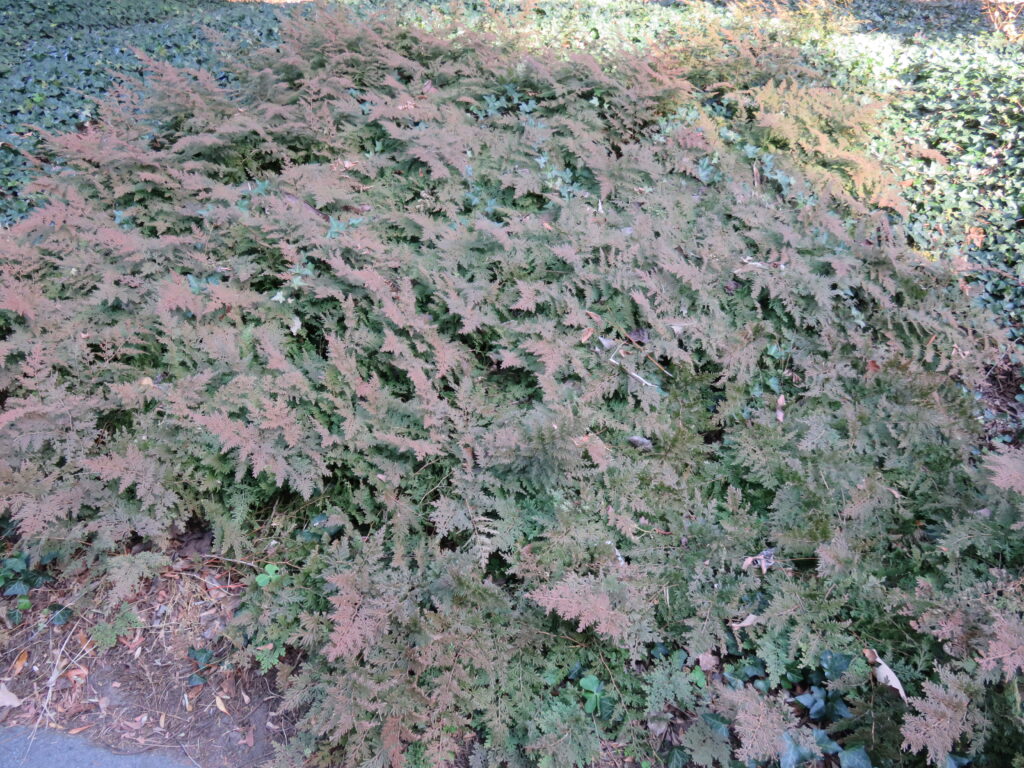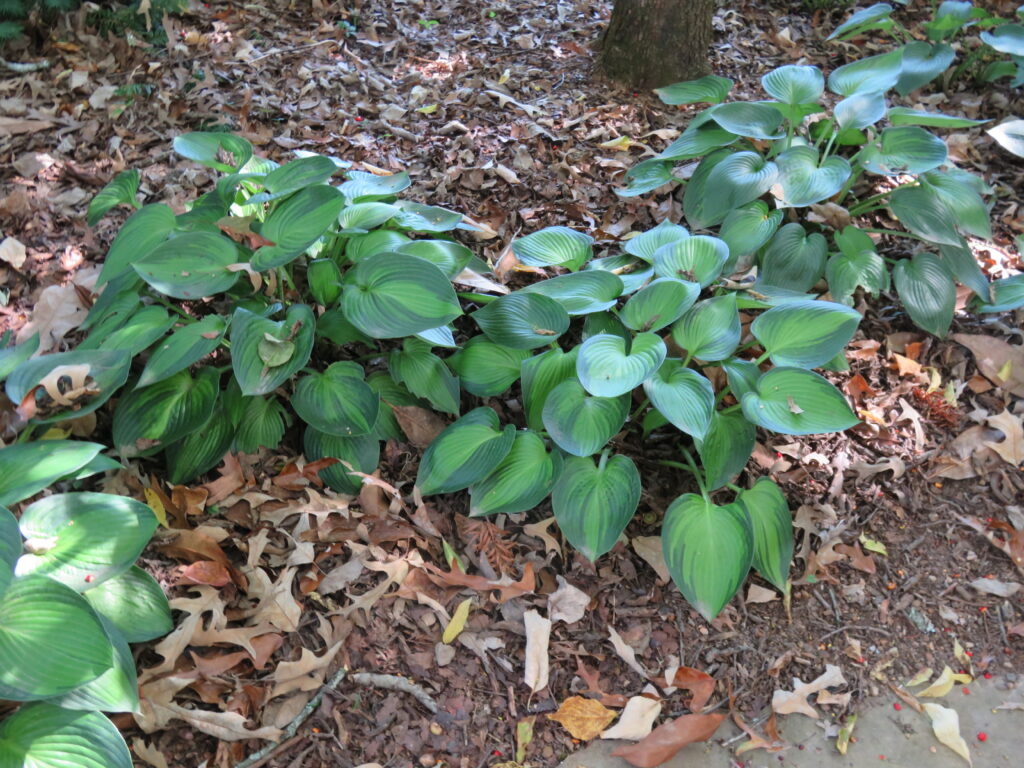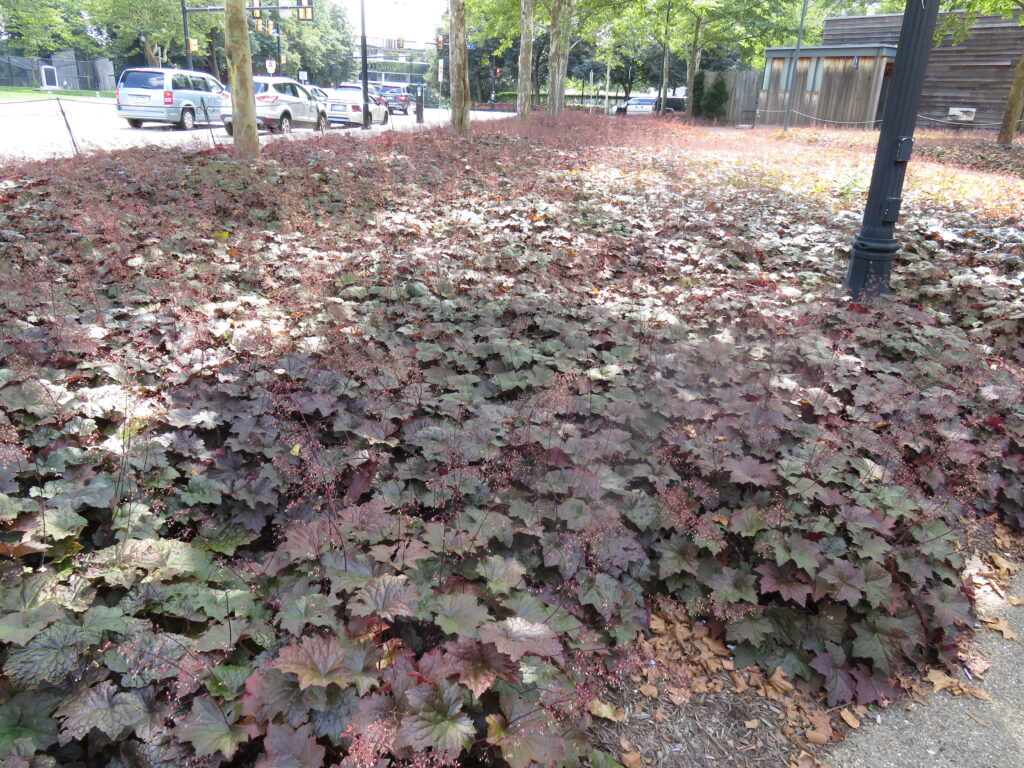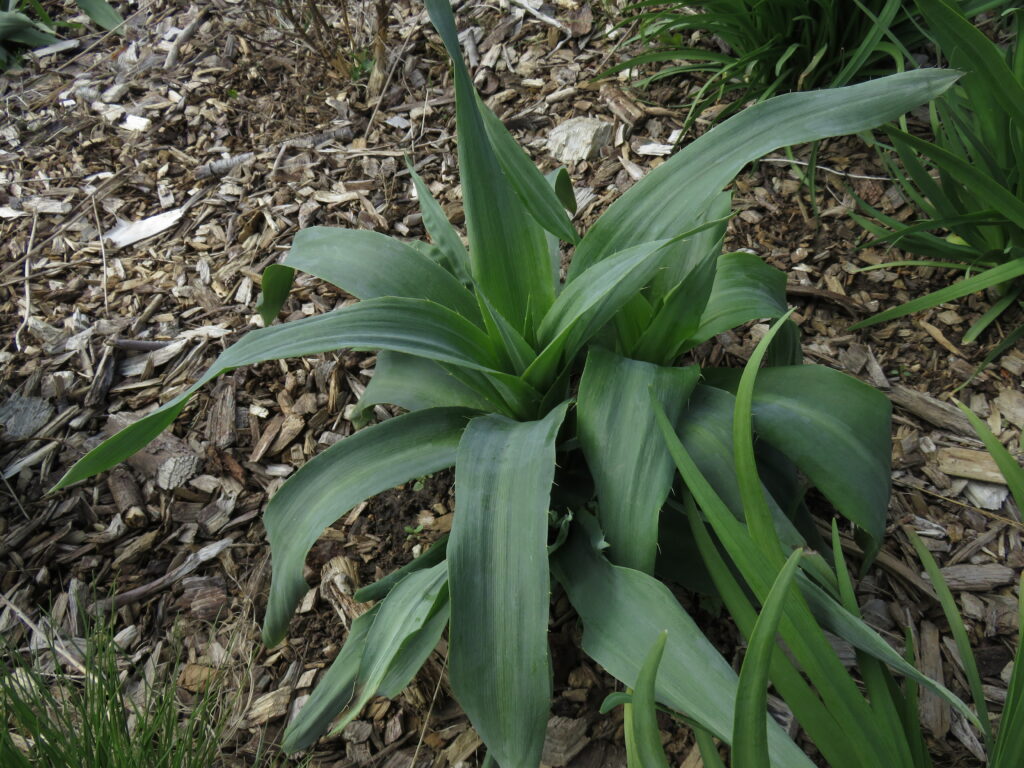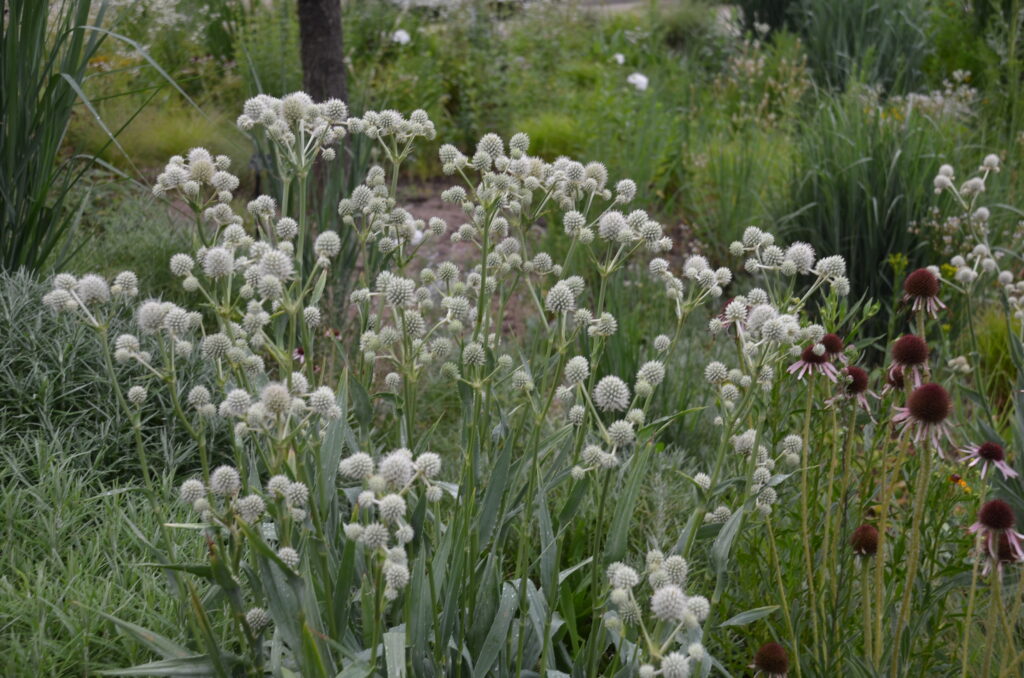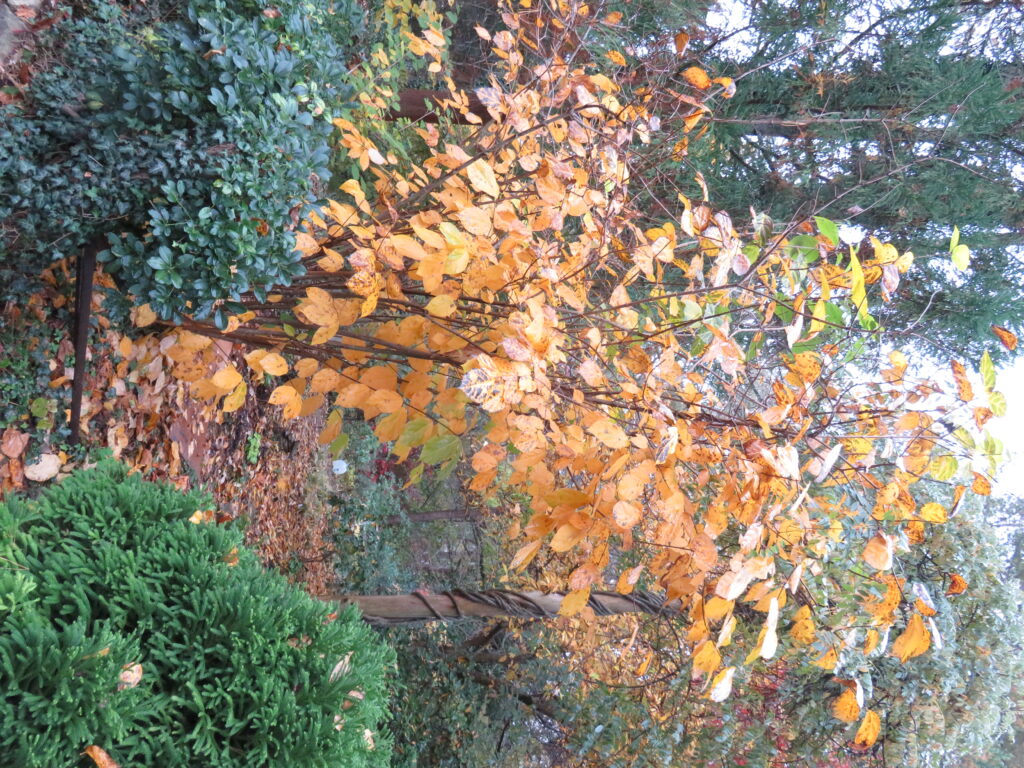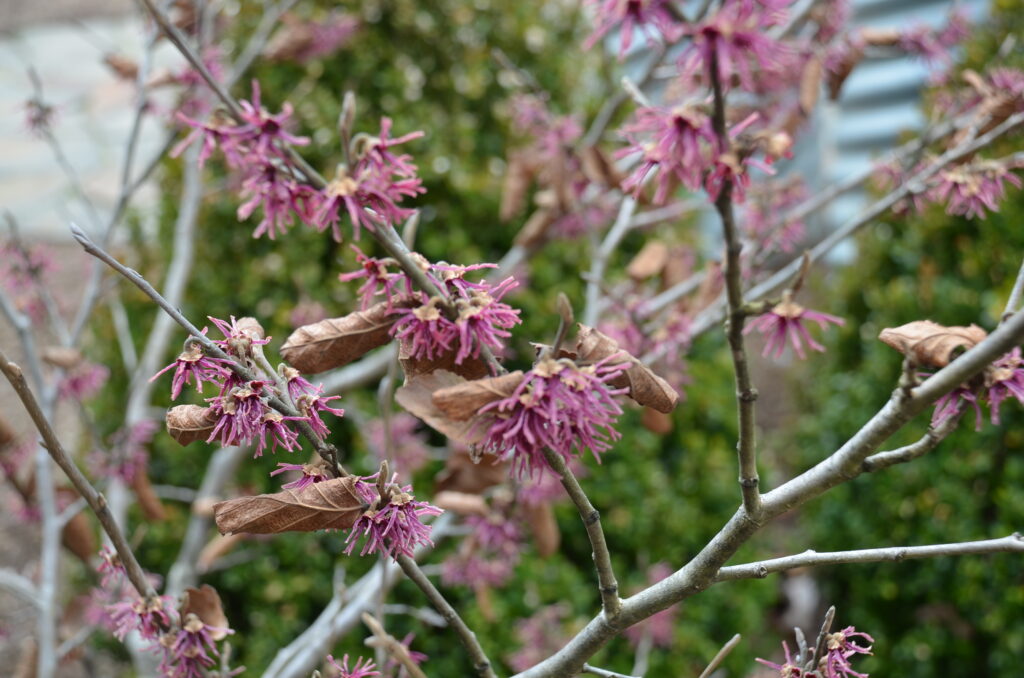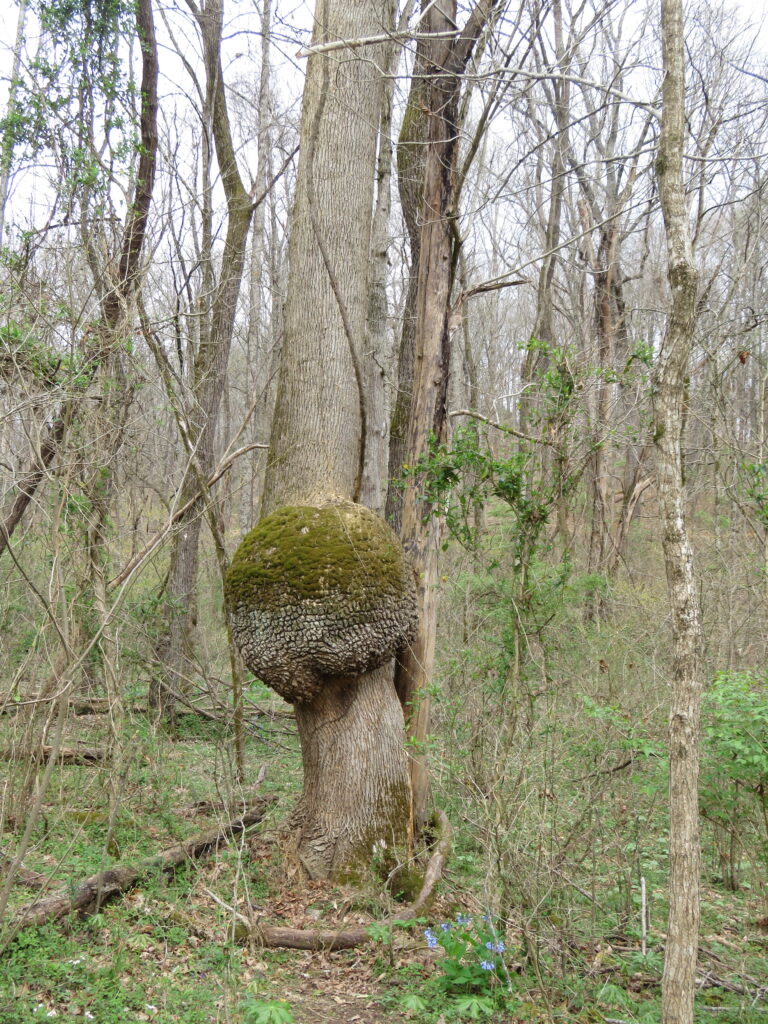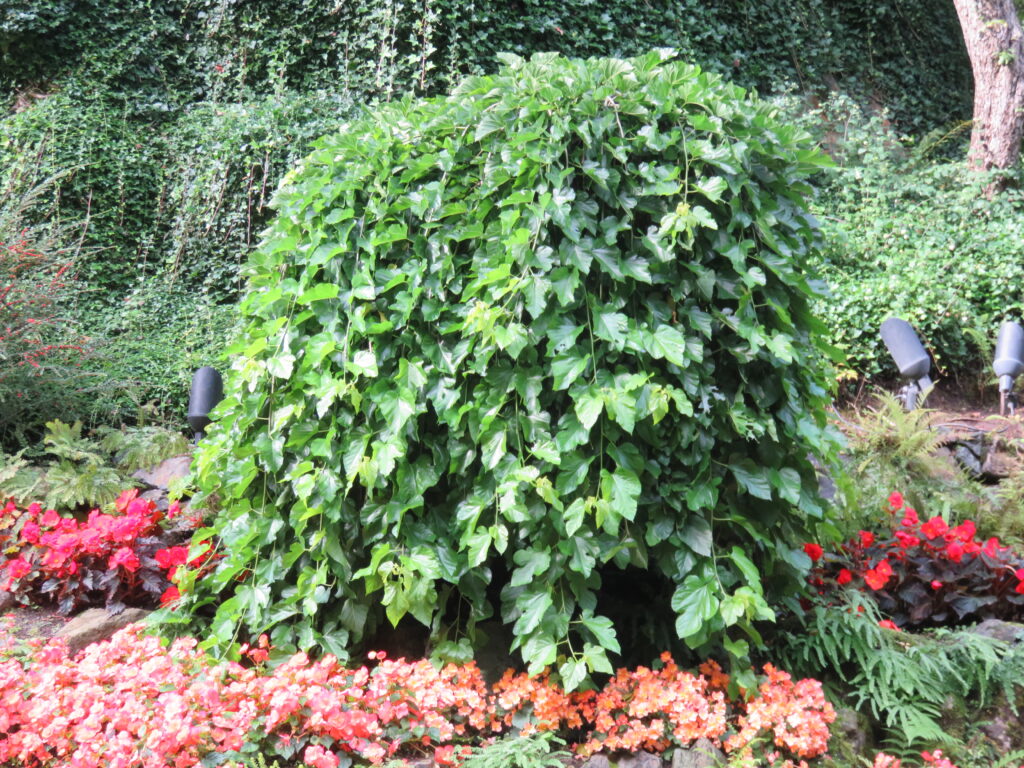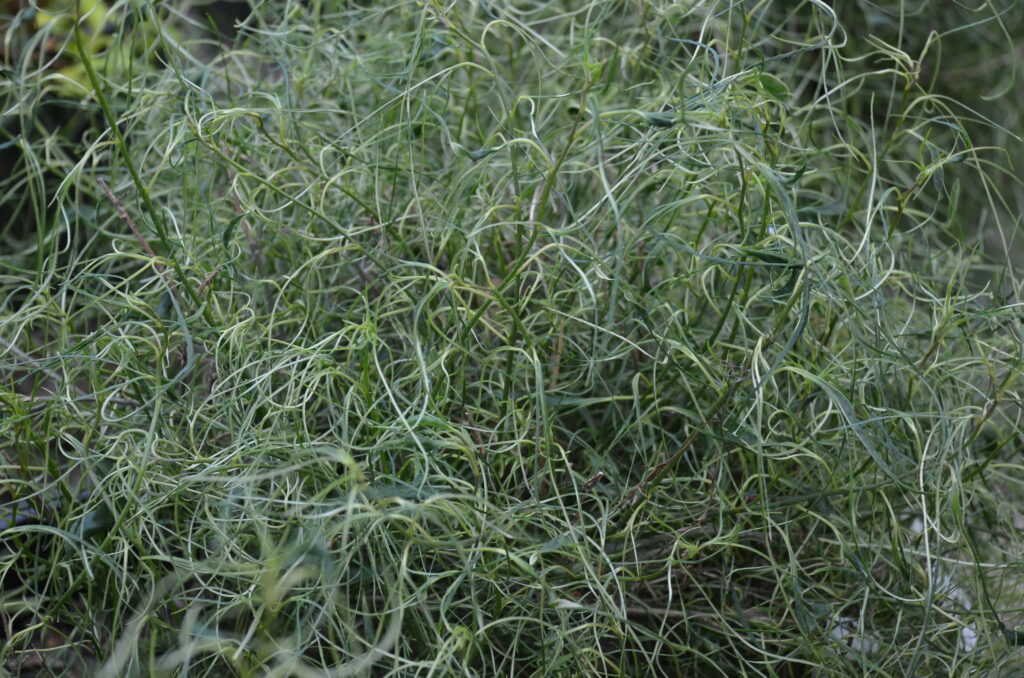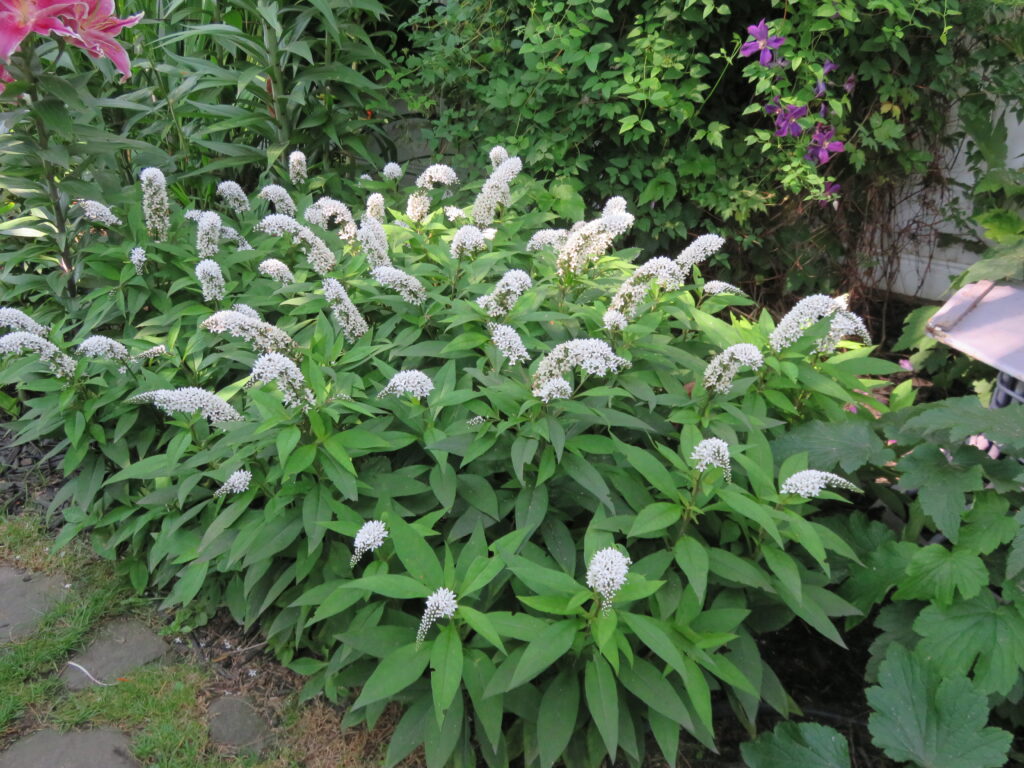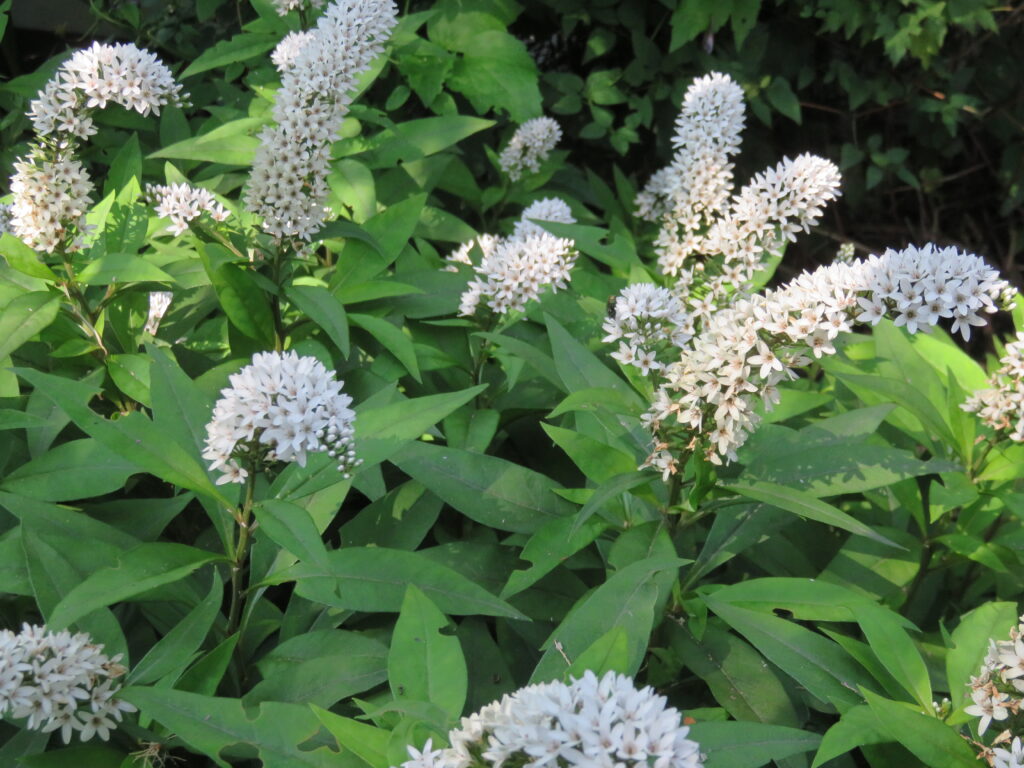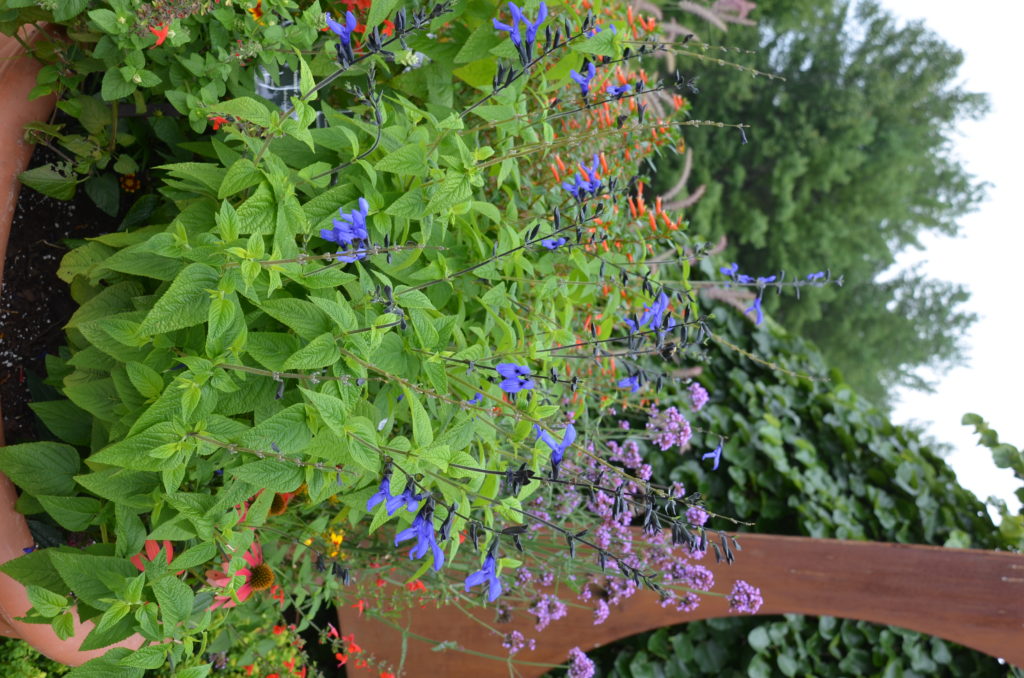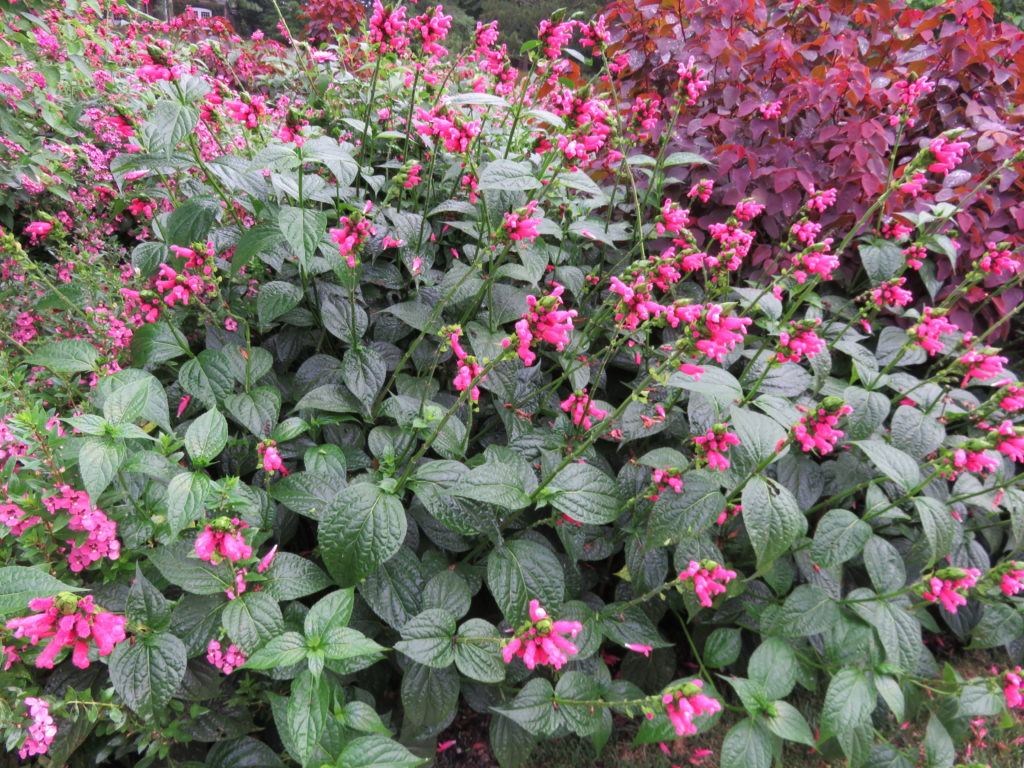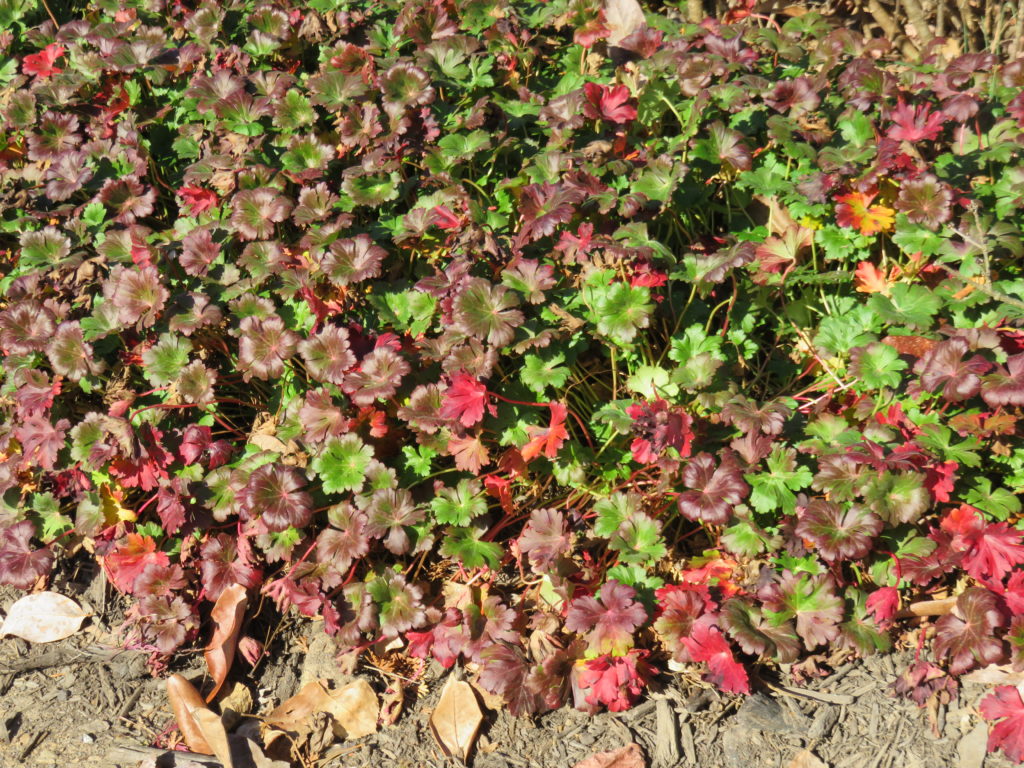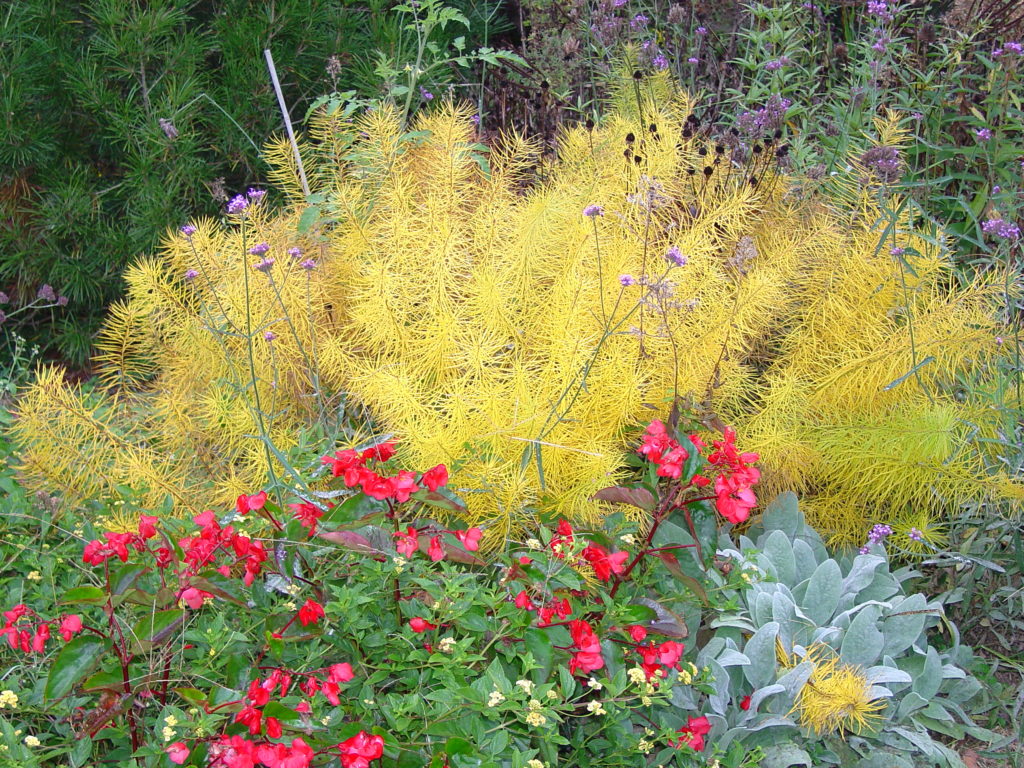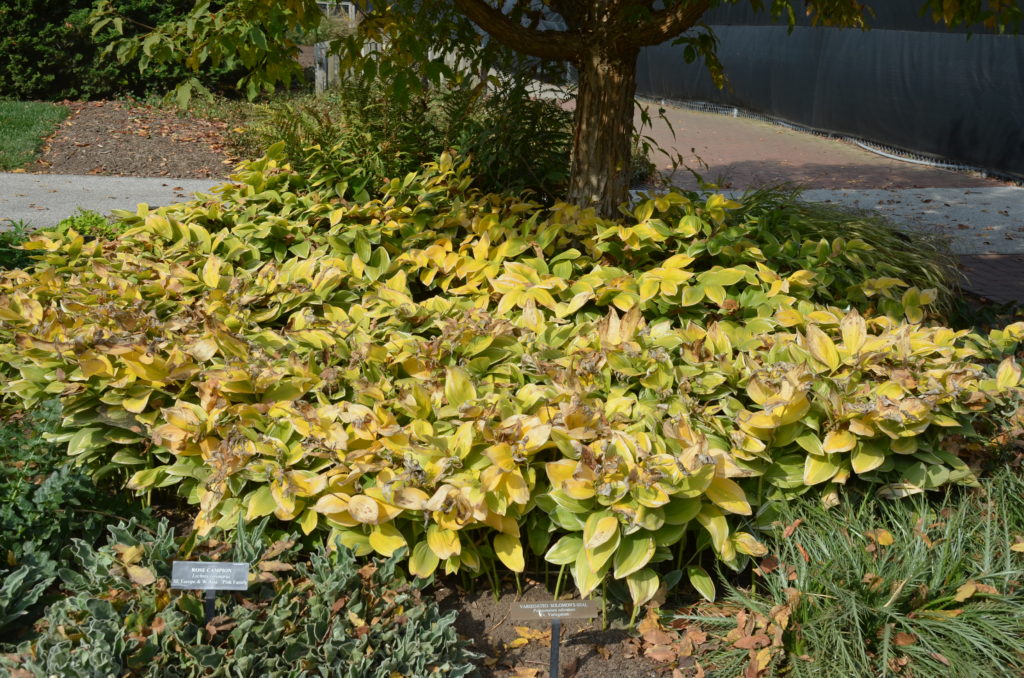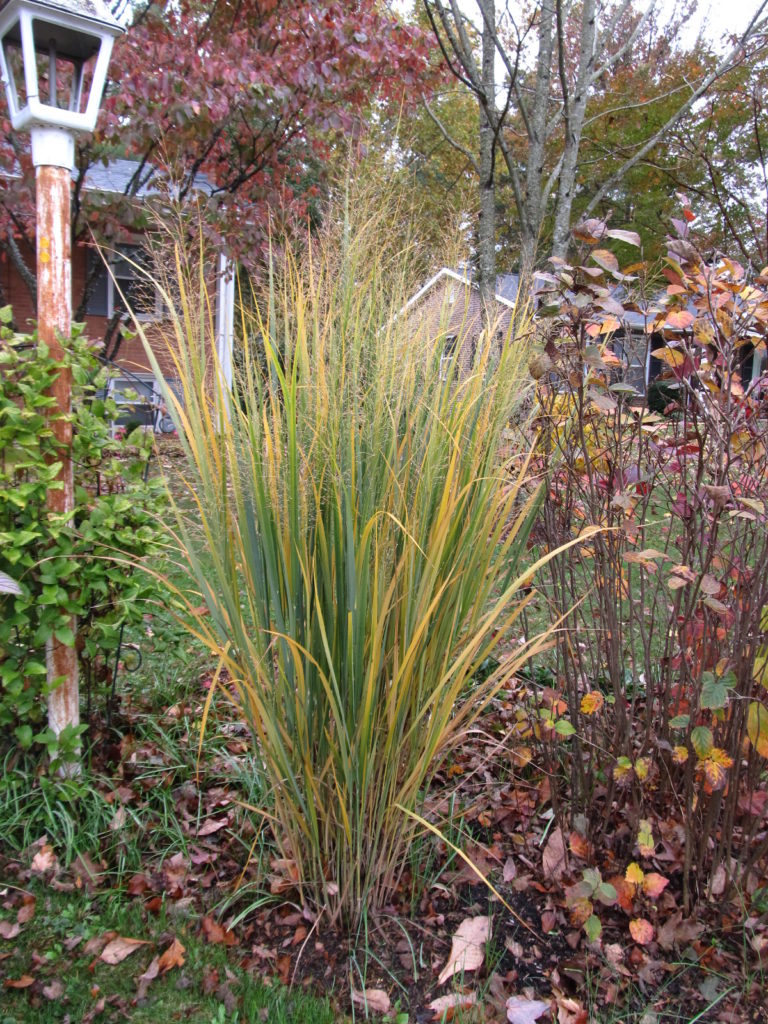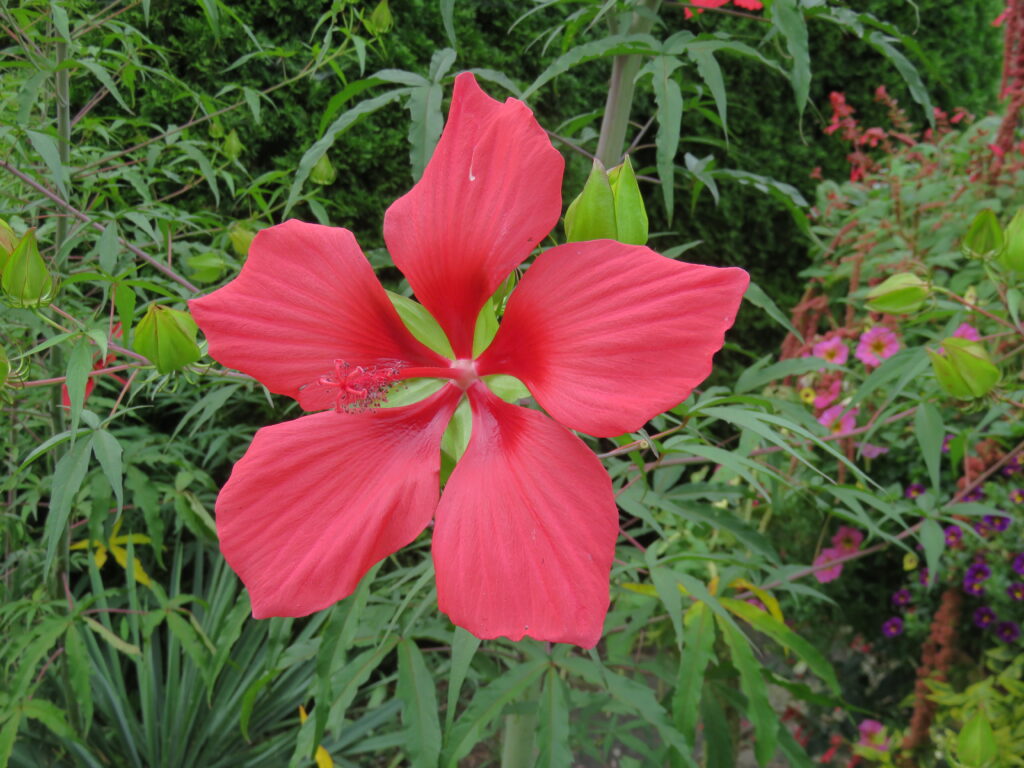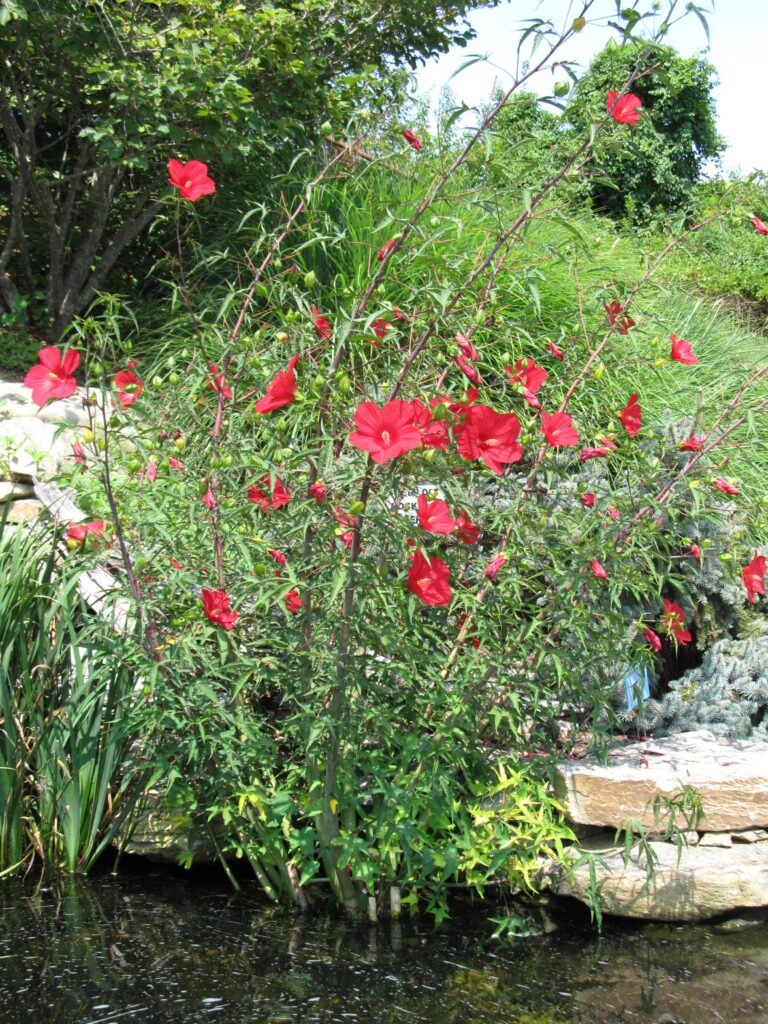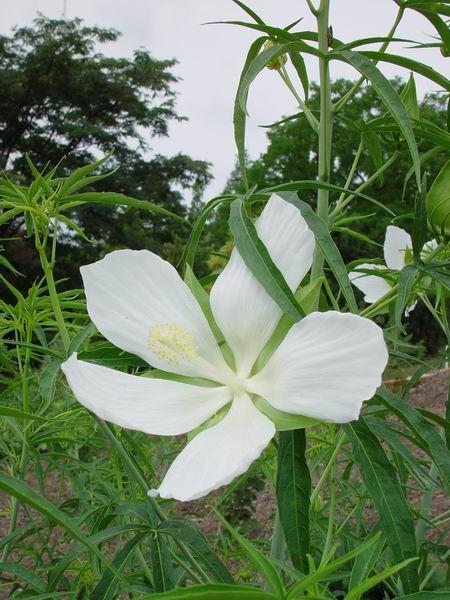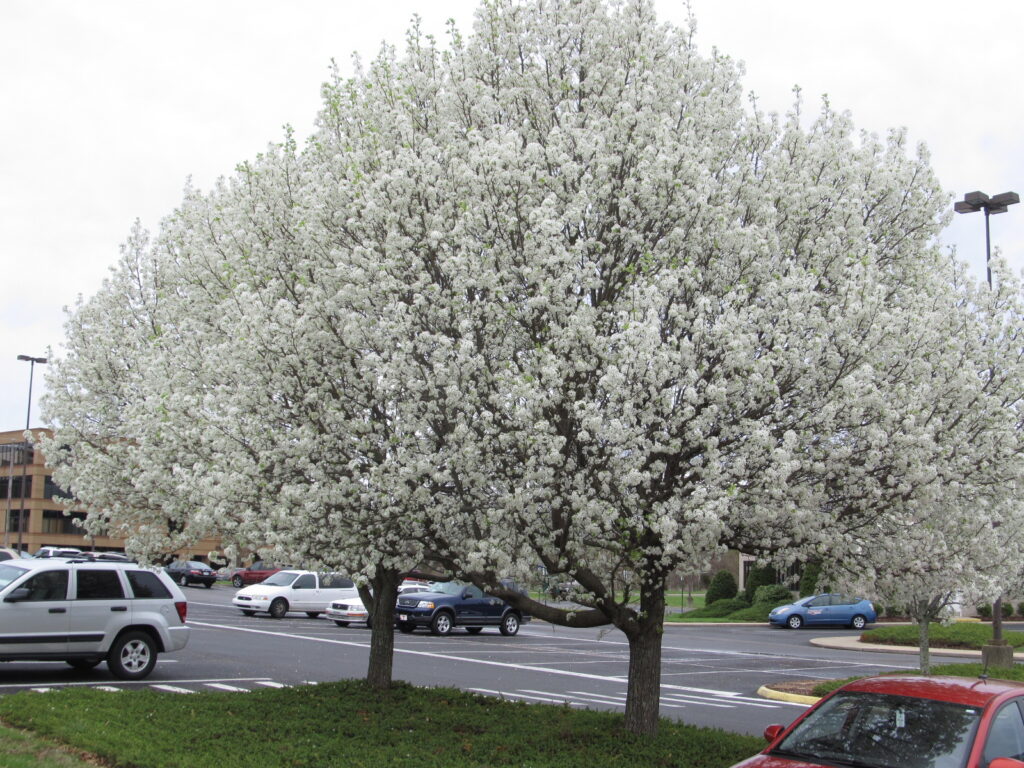
The end to planting Callery pears (Pyrus calleryana), aka Bradford Pear, is almost within sight as more states are banning sales of the tree at garden centers and box store garden departments. Recently, Ohio, South Carolina and Pennsylvania have banned further plantings.
This March blooming flowering tree has been determined to be invasive. It produces fruits in the fall which competes with native flora in many states. The average gardener will likely know the callery pear by its varietal name “Bradford pear”.
Callery pears are reliable spring bloomers, the trees covered with white blossoms for 2-3 weeks in late winter and early days of spring. In most years trees strut an exceptional crimson red leaf color in late autumn. Trees have few disease or insect problems, are adaptable to a wide range of soil conditions, and cope on urban sites.
Wild callery pears aggressively compete and frequently displace the native plant species growing on the site. They have invaded natural woodlands and parks. It has become a problematic tree as well. Callery pears are not a long-lived tree, rarely lasting more than 25 years. The tree has a weak structure at the “V” of the branches.
Tree branching is notorious brittle resulting in limb breakage during ice and windstorms, often resulting in the tree’s removal. Limbs snap off in areas from old age. Further, blooming trees emit an unpleasant fragrance. Seedling trees produce sharp pointed thorns which snag clothing during pruning or puncture tires if you attempt to drive over fallen branches.
Bradford pear flowers are self-incompatible, that is, they do not fertilize other ‘Bradford’ pears flowers. However, they successfully pollinate other callery pear varieties, such as ‘Redspire’, ‘Aristocrat’, ‘Chanticleer’, ‘Whitehouse’, and ‘Cleveland Select’ among others. These varieties produce tiny, hard pear fruits, each ½-inch in diameter, green to brown in color, and contain viable seeds. Birds or other animals eat these fruits and disperse the seeds across the countryside.
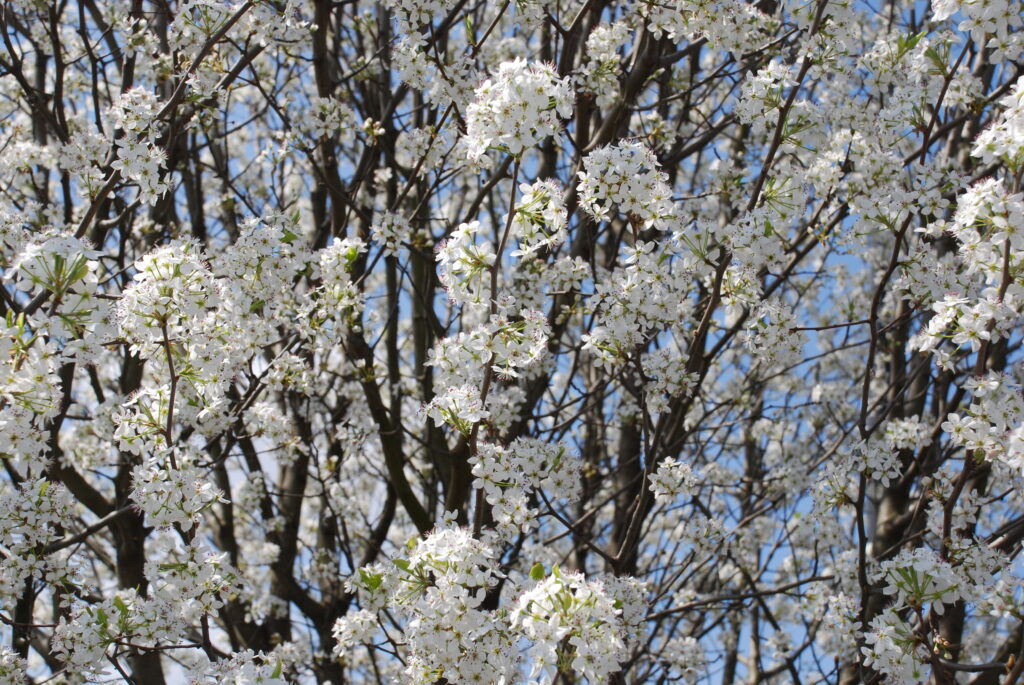
Consider these spring flowering trees when replacing Callery pears: Redbuds (Cercus spp.), Crabapples (Malus spp.), Flowering Dogwood (Cornus florida), Serviceberry (Amelanchier spp.), Flowering Cherries (Prunus spp.), and Carolina Silverbells (Halesia diptera). In mid-South locations, early flowering deciduous Magnolias are also better alternatives to callery pears.
If you spot wild callery pears seedling trees growing on your property, cut them down and paint the stump with any herbicide containing the ingredient Glyphosate® to prevent the tree from resprouting.

